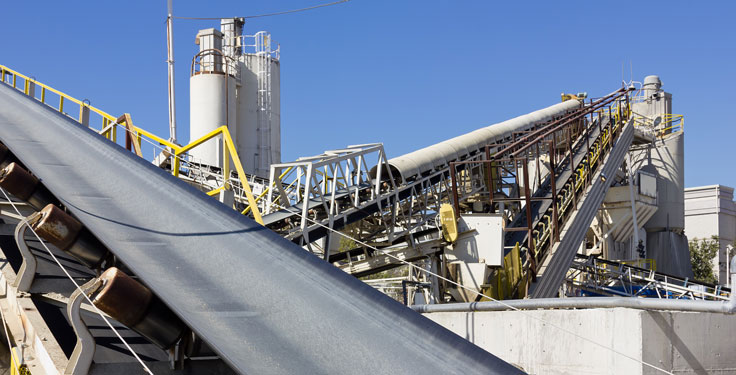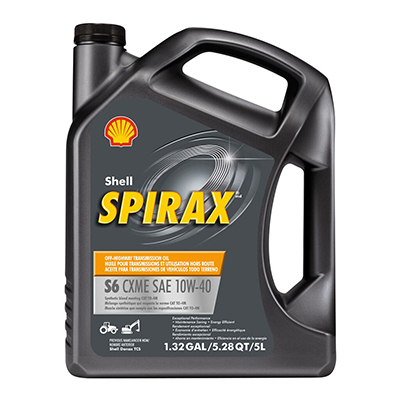PIT & QUARRY: What sorts of conveyor equipment and components do you find today’s customers in aggregates selecting to enhance the safety of their conveying systems? Also, what is it about the equipment and components they select that ultimately enhances the safety of conveying systems?
MIKE ROOZEBOOM (PPI): Our exposure to conveyor safety components is primarily focused on keeping operators safe while working around conveyor components that we manufacture.
One of the most common areas of concern that needs to be addressed is the pinch point between return idlers and the belt. Idler roll guards should be installed to prevent access to the specific pinch point of the moving belt and rotating idler roll.

Several styles of guards exist, from some that are as simple as a plastic blade providing a barrier to the pinch point, to more elaborate designs that provide a full shroud around the return idler roll limiting unintended contact.
Suspended conveyors that have pedestrian or vehicle traffic moving under them also pose a risk of components falling and causing damage or injury. As conveyor belts misalign, they often cause damage to return idler brackets and, eventually, can wear through the steel brackets. A return roll cage is designed to ‘catch’ damaged or dislodged return rolls and prevent them from falling.
Rotating components such as pulley shafts and bearings present entanglement hazards. Pulley designs such as Static Shaft Pulleys (SSPs) provide many performance advantages and are often viewed as a solution that operators have utilized to eliminate rotating shafts and outboard bearings. The SSP design incorporates internal bearings with a nonrotating shaft that eliminates the entanglement hazard.

MATTHEW FASOLI (LUFF INDUSTRIES): Safety plays an important role in the products customers choose to purchase when it comes to conveying systems. Not only are they searching for components that are safe, but accessories that complement the overall safety of the conveyor system.
The safety arch is a very popular product in the aggregate industry, focusing on protecting an operation’s most valuable asset: its people. The arch protects the employee from falling debris from overhead conveying systems by creating a covered walkway along any part of the conveyor. It is custom built to fit specific needs of each site. It can be height adjusted, and it’s lightweight to easily move from one place to another if required.
For lower conveyor systems, the arch eliminates any pinch points while still allowing for a safe pathway to the other side of a conveyor system.
Related: Tips to avoid conveyor fires












